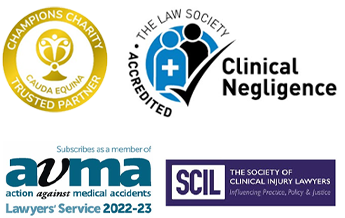More than half of A&E units are not good enough and are putting patients’ lives at risk, experts have warned.
Of the 176 A&E units inspected by the Care Quality Commission, 57% have been rated as inadequate or requiring improvement.
The care was so poor at one hospital that inspectors had to personally intervene to assist 11 patients who were at risk of deteriorating.
There was a litany of failings recorded, particularly at the 16 A&E units rated as inadequate.
Inspectors wrote that at one hospital: “we saw patients left on trolleys rather than beds, consequently not receiving relief for pressure areas. We saw patients on trolleys and chairs in the corridor and patients stacked in the middle of the department. Patients were having cannulas inserted in the corridors. We saw patients being examined in the main corridor.”
“Crisis was normalised”
At another, it was found that “high risk and high stress from overcrowding and poor patient flow had become accepted as standard practice” and that “crisis was normalised within the emergency department.”
There were also delays in the transfer of patients from ambulance services to A&E departments. At one hospital a third of the ambulance fleet was left waiting outside, meaning there were not enough ambulances to attend other emergencies.
Experts say lives are being lost as patients are not being given the emergency treatment they need.
The Royal College of Emergency Medicine believes hundreds of patients are dying every year due to a “toxic mix” of short-staffing, increased demand and a lack of beds.
Dr Clifford Mann, of the Royal College of Emergency Medicine, said: “Quite a lot of people are having worse care because of overcrowding and some, undoubtedly, will not recover from their illness, whereas had they been seen in a properly resourced department and seen as promptly as possible they would have survived.”
Substandard medical care
If you would like to sue a hospital for substandard medical care, please get in touch with us at Glynns Solicitors.
Share Article With:

|

|

|

|

|

|



